Description
The model accurately depicts the distinct cranial morphology of the Wadi Amud Neanderthal, featuring a robust skull with a large braincase. Emphasis on the characteristic Neanderthal features, including a prominent brow ridge and a receding forehead reflecting the Neanderthals’ larger cranial capacity compared to modern humans, the model highlights the well-developed brain. Detailed representation of facial features, including a mid-face that projects forward, a large nose for humidifying and warming cold, dry air, and robust jaws with large front teeth and an accurate depiction of a large, rounded orbit and a robust mandible, constructed from durable, museum-quality materials, the Homo neanderthalensis (Wadi Amud) fossil model ensures longevity and authenticity in representing the fossilized remains. Meticulous attention to texture and coloration contributes to a lifelike and scientifically accurate appearance. The fossil model serves as an essential educational tool for researchers, educators, and enthusiasts in the field of paleoanthropology. It contributes to a deeper understanding of Neanderthals’ morphology, adaptations, and their place in the human evolutionary timeline. The model provides a tangible means for detailed examination, research, and analysis of the Wadi Amud Neanderthal without the need for direct access to the original fossil.
The Homo neanderthalensis (Wadi Amud) fossil model’s accurate representation of the hominin’s physical characteristics, combined with its paleoenvironmental context and ecological significance, offers valuable insights into the adaptive strategies and evolutionary pathways of Neanderthals. Its meticulous design and scientific accuracy make it an invaluable addition to museum exhibits, educational displays, and private collections, providing a visually compelling narrative of the Neanderthal lineage.

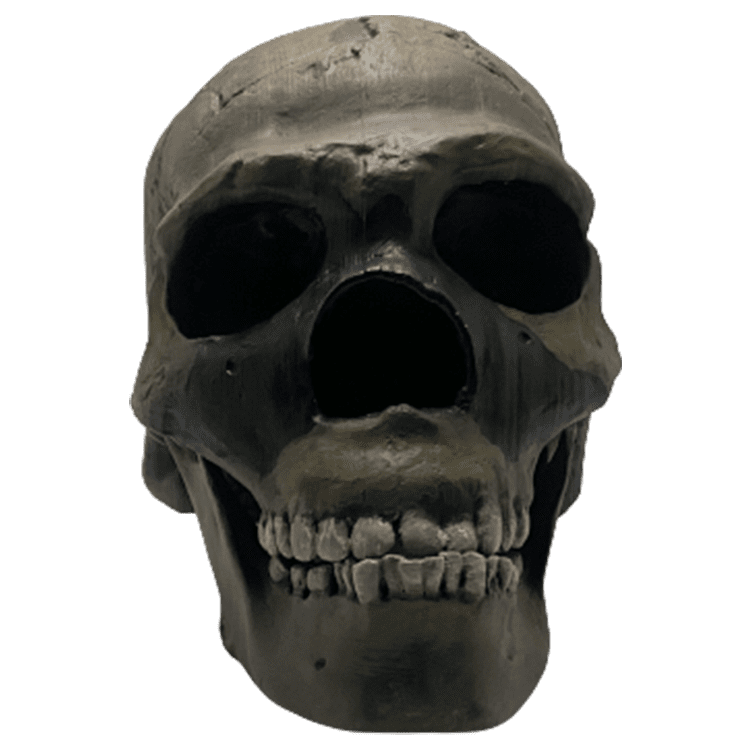
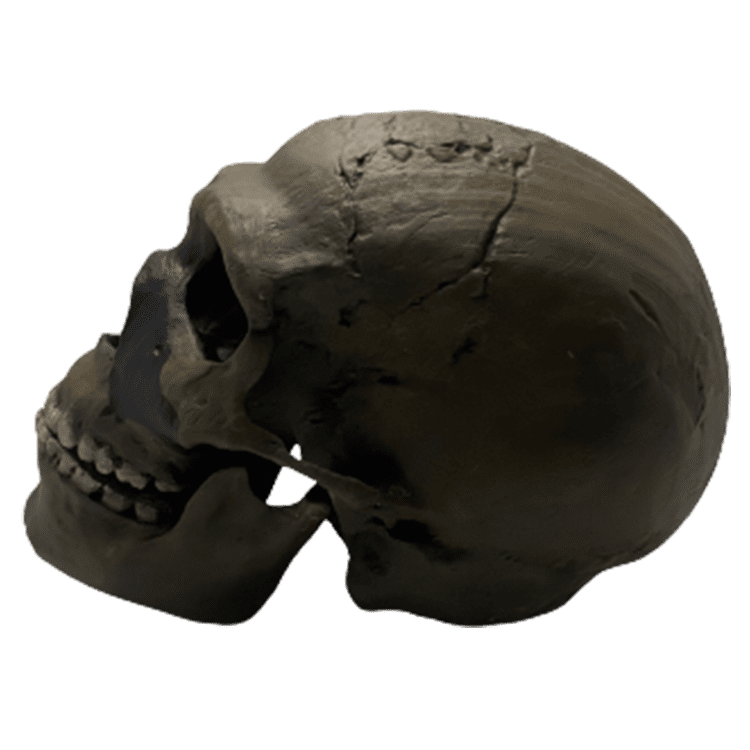
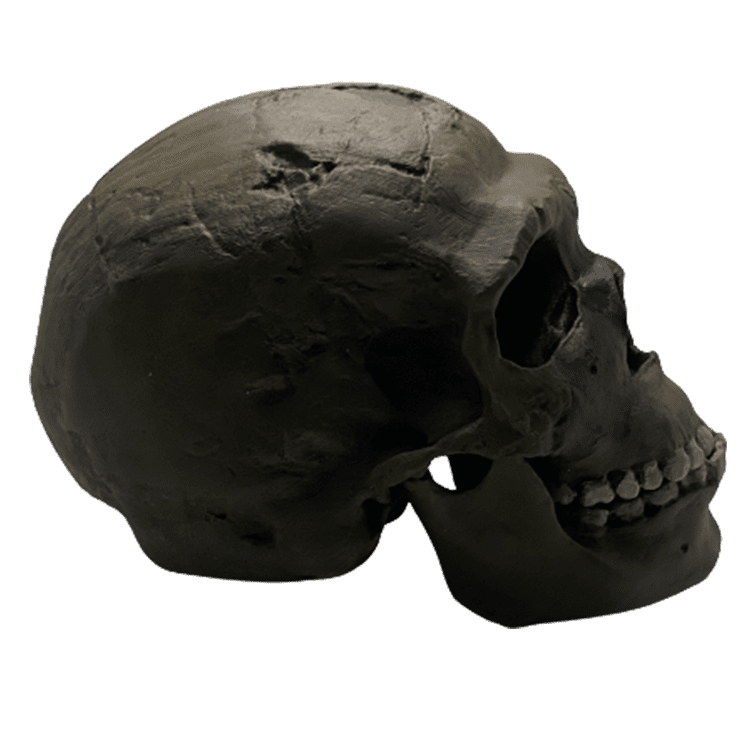
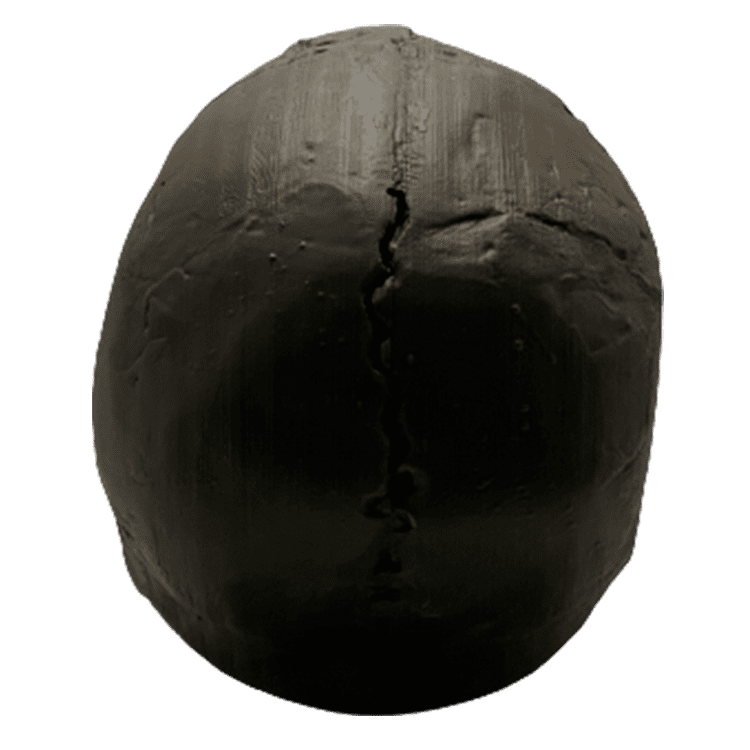
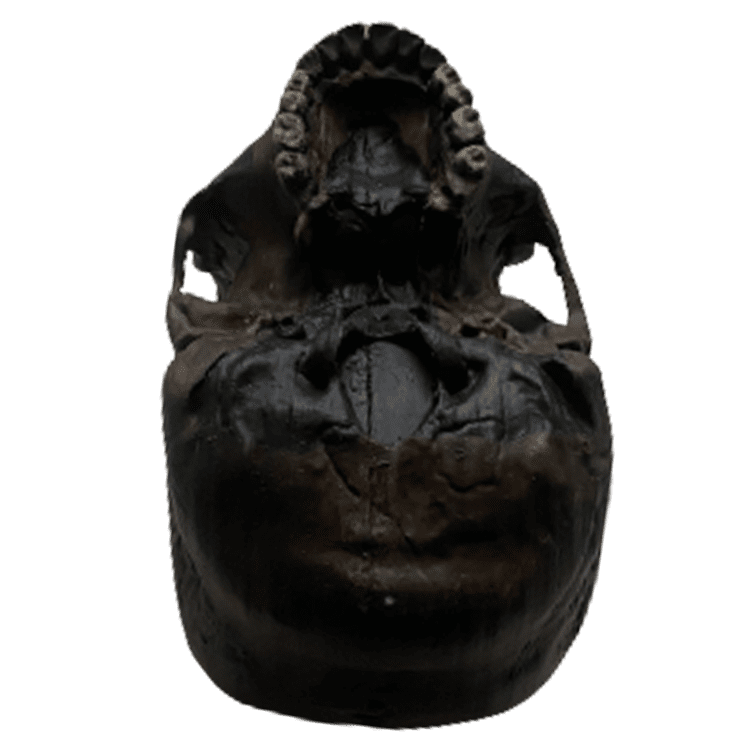
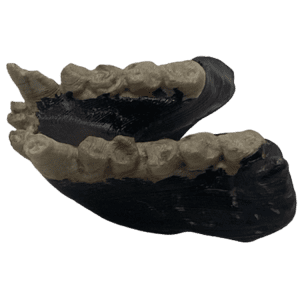
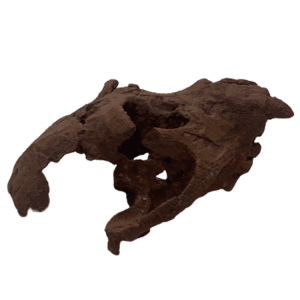
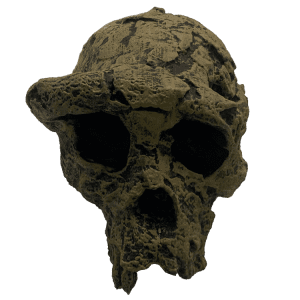
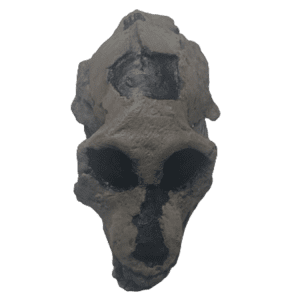
Reviews
There are no reviews yet.